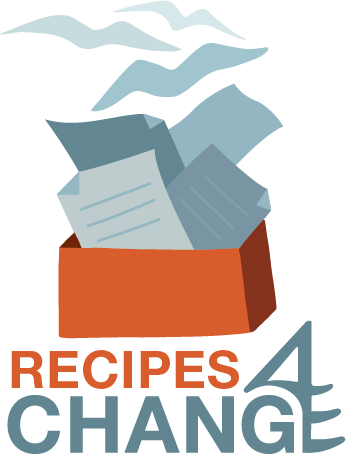Your Recipe For a Successful Interview
Do you have a fear of interviews?
Would you like to perform better at interviews?
If you answered yes to either of the above questions then read on.
While reading a section in The NLP Cookbook by Fran Burgess, I was reminded of a personal experience that took place some years ago. I was working as a Basic Grade Pharmacist at St Thomas’s Hospital, London. I had been working there for a couple of years and an opportunity for a promotion came up. I went for it and I was competing with three other internal staff members whom I thought stood a much better chance than myself at getting the job. I stuck with it regardless and went through the interview, which despite my nerves, I thought went reasonably well. A couple of days later I was called to the head office and informed that I was successful at getting the position. Naturally, I was over the moon!
As I walked back to the aseptic department where I was doing a rotation at the time, I heard the voice of Gloria Estefan. In Aseptics we usually had a radio set on a music channel playing all day while we prepared TPN bags. The song was “Oye Mi Canto”, Hear My Voice, which at the time was Gloria Estafan’s latest hit.
♫ “Things aren’t always what they seem.
Someday it’ll be all right
Changes happen overnight.” ♫, Gloria sang.
It is a really upbeat song with lyrics that struck a chord with me at that specific moment because things were changing for me and overnight. Unknowingly to me a subconscious association was made between the song and my state of elation. This association, I discovered later on when I studied NLP, is what is referred to as an anchor.
An anchor is an external stimulus that triggers a particular internal state or response. A state in NLP terms, relates to our internal emotional condition. In NLP we believe that the state determines our results, and so we are careful to be in states of excellence.
Most anchors happen naturally and people unknowingly set and respond to anchors all the time. You stop the car at a red traffic light. Seeing certain foods, chocolate for me, gets you licking your lips. Why am I telling you all this? The answer is that when you learn how to anchor and therefore change your state at will, you can be more resourceful and positive.
The earliest work relating to anchors came from the Russian psychologist Pavlov. You must have heard about him and his experiment with dogs. What Pavlov did was to repeatedly ring a bell each time he placed food in the dogs’ mouth. Food of course caused the dogs to have the natural response of salivation. The result was that the dogs salivated in response to the bell even when food was not present. The bell became an anchor that triggered the state of salivation.
Once I understood how powerful an anchor could be, I started using it to my advantage. The first time I tested the theory was just before an interview I had with Shell Outpost. It was for a type of job that I had never done before, so I had no real experience but I did have the skills to do it. I was naturally very nervous and all these negative voices in my head were not helping. I needed to be in a positive state urgently so I got out my I- pod and played Oye Mi Canto. The change in me was absolutely amazing. I suddenly felt elated, confident and assertive. Positive and encouraging voices replaced the negative ones. I went into the interview and impressed the interviewer so much that out of the twenty applicants, four were short listed for a second interview and I was one of them. Remember this was for a job for which I had the skills but no past experience.
I use this natural anchor whenever I want to boost my state and it works every time. Simple isn’t it? This is the beauty of NLP. It is simple and quick. Sometimes it only takes one session to achieve the change that you want. Why don’t you check if you have such an anchor already in existence and if not, then simply create one, and use it whenever you want to feel on top of the world.
Recommended reading: The NLP Cook Book by Fran Burgess








